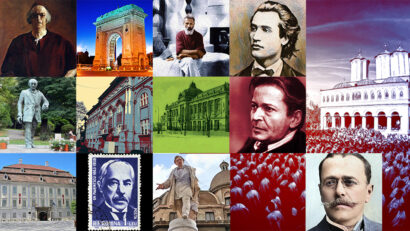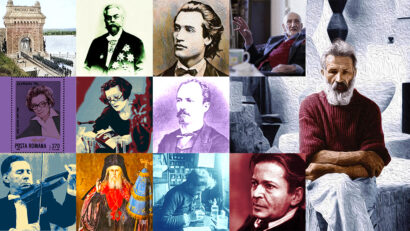The Grey Wolf
Once a common species in Europes forests, the wolf is almost extinct today in some parts of the continent.
Christine Leșcu, 27.07.2013, 01:00
A common species in Europe’s forests at some point in history, the wolf is almost extinct today in some parts of the continent. Eastern Europe, Romania and Poland in particular, is still home to the most numerous wolf populations. Even in these countries, however, the number of wolves is significantly lower than in the past. According to some Romanian sources, there are only 2,000 wolves left, while others say 3,000. Ana Maria Diaconescu, an expert with the Grigore Antipa Natural History Museum in Bucharest, tells us more about the distribution of the wolf population:
Ana Maria Diaconescu: ”Romania is home to the largest population of wolves, but we don’t know exactly how many wolves there are. Not all regions have been surveyed to date. As far as I know, there is a project that is being carried out in Vrancea county focusing on large carnivores, including wolves. 12% of the country’s total population of wolves is concentrated in Vrancea. They basically live in forested regions where they find deer flocks, their main source of food. They also live in the mountains and seldom reach the lower areas. In Moldavia we find the wolf across the Carpathian Arch, while in Transylvania there are populations of wolves in the forests nearby the Tilisca village.“
Romania is home to the grey wolf species. Its characteristics are impressive. Adult wolves are 105-160 cm long and their shoulder height stands at 80-85 cm. They weigh 40 kg on average, but there are grey wolves that weigh as much as 50 kg. The colour and thickness of the fur vary according to season. In winter for example, their fur is thick and very resistant to cold and lighter in colour than in summer. Wolves feed on rabbits, rodents, even small carnivores, such as martens and polecats. If they come across isolated sheepfolds, wolves attack the sheep or the livestock. Speaking again is Ana-Maria Diaconescu.
Ana-Maria Diaconescu: “The fact that they sometimes attack sheep flocks and households that are close to forests is one of the reasons why their number has dropped so drastically. People wanted to protect their sheep so wolves were hunted down and their number has decreased as a result. Poaching continues to be common practice unfortunately and this affects all wild animals, not just the wolves. This type of hunting aimed at protecting domestic herds and flocks cannot be compared with poaching because it’s a kind of self-defence. Poaching, on the other hand, is illegal and people know very well what they’re doing.”
Another important reason why wolves are becoming extinct in Romania is massive deforestation. Having lost their habitats, wolves have started to migrate towards safer areas. Wolves commonly live in organised packs and it’s rare to see solitary wolves. Ana Maria Diaconescu explains:
Ana Maria Diaconescu: “First of all there is the alpha couple made up of an alpha male and female. They are the pack’s leaders and the only ones that have the right to reproduce. The other females in the pack play the role of surrogate moms for the alpha female’s cubs. The beta category comes next. Beta wolves are as strong as the alphas but they have not yet proven to be strong enough to defeat the alpha male. Usually, it’s the beta male that has the courage to challenge the alpha male. If the male or female of the alpha couple dies, the one that survives picks a partner from the beta category. All the wolves in a pack have the same parents, but they are of different generations. It’s basically a big family. The cubs need the adults to protect them and teach them how to hunt. In general, after the cubs grow and become independent, the males are kicked out of the pack and sent to make their own pack, to avoid inbreeding.”
In Romania, just like in the European Union, the wolf is a protected species. Hunting is banned, except when the environment authorities establish that the wolf population in a given area exceeds the optimal number.






























